You could easily build something up using GPUImage. It comes with a huge set of blurs, noise generators and filters.. You can connect them together in sequence and build up complex GPU accelerated effects.
To give you an good starting point. Here's a quick dirty prototype of a function that uses GPUImage to do something like what you want. If you set 'orUseNoise' to YES it will create a blurred image based on perlin noise INSTEAD if the image. Tweak the values pointed out to change the desired effect.
- (UIImage *)blurWithGPUImage:(UIImage *)sourceImage orUseNoise:(bool) useNoise {
GPUImagePicture *stillImageSource = [[GPUImagePicture alloc] initWithImage:sourceImage];
GPUImageGaussianBlurFilter *gaussFilter = [[GPUImageGaussianBlurFilter alloc] init];
[gaussFilter setBlurRadiusInPixels:6]; //<<-------TWEAK
[gaussFilter setBlurPasses:1]; //<<-------TWEAK
if(useNoise) {
GPUImagePerlinNoiseFilter* perlinNouse = [[GPUImagePerlinNoiseFilter alloc] init];
[perlinNouse setColorStart:(GPUVector4){1.0, 1.0, 1.0f, 1.0}]; //<<-------TWEAK
[perlinNouse setColorFinish:(GPUVector4){0.5,0.5, 0.5f, 1.0}]; //<<-------TWEAK
[perlinNouse setScale:200]; //<<-------TWEAK
[stillImageSource addTarget:perlinNouse];
[perlinNouse addTarget:gaussFilter];
} else {
[stillImageSource addTarget:gaussFilter];
}
[gaussFilter useNextFrameForImageCapture];
[stillImageSource processImage];
UIImage *outputImage = [gaussFilter imageFromCurrentFramebuffer];
// Set up output context.
UIGraphicsBeginImageContext(self.view.frame.size);
CGContextRef outputContext = UIGraphicsGetCurrentContext();
// Invert image coordinates
CGContextScaleCTM(outputContext, 1.0, -1.0);
CGContextTranslateCTM(outputContext, 0, -self.view.frame.size.height);
// Draw base image.
CGContextDrawImage(outputContext, self.view.frame, outputImage.CGImage);
// Apply tint
CGContextSaveGState(outputContext);
UIColor* tint = [UIColor colorWithWhite:1.0f alpha:0.6]; //<<-------TWEAK
CGContextSetFillColorWithColor(outputContext, tint.CGColor);
CGContextFillRect(outputContext, self.view.frame);
CGContextRestoreGState(outputContext);
// Output image
outputImage = UIGraphicsGetImageFromCurrentImageContext();
UIGraphicsEndImageContext();
return outputImage;
}
This is a simple stack of:
GPUImagePicture -> GPUImagePerlinNoiseFilter -> GPUImageGaussianBlurFilter
..with a bit of handling code to make into an image properly.
You can try changing the stack to use some of the many other filters.
NOTE: Even if you use the noise instead of the image. You will still need to provide an image until you cut that part out.
